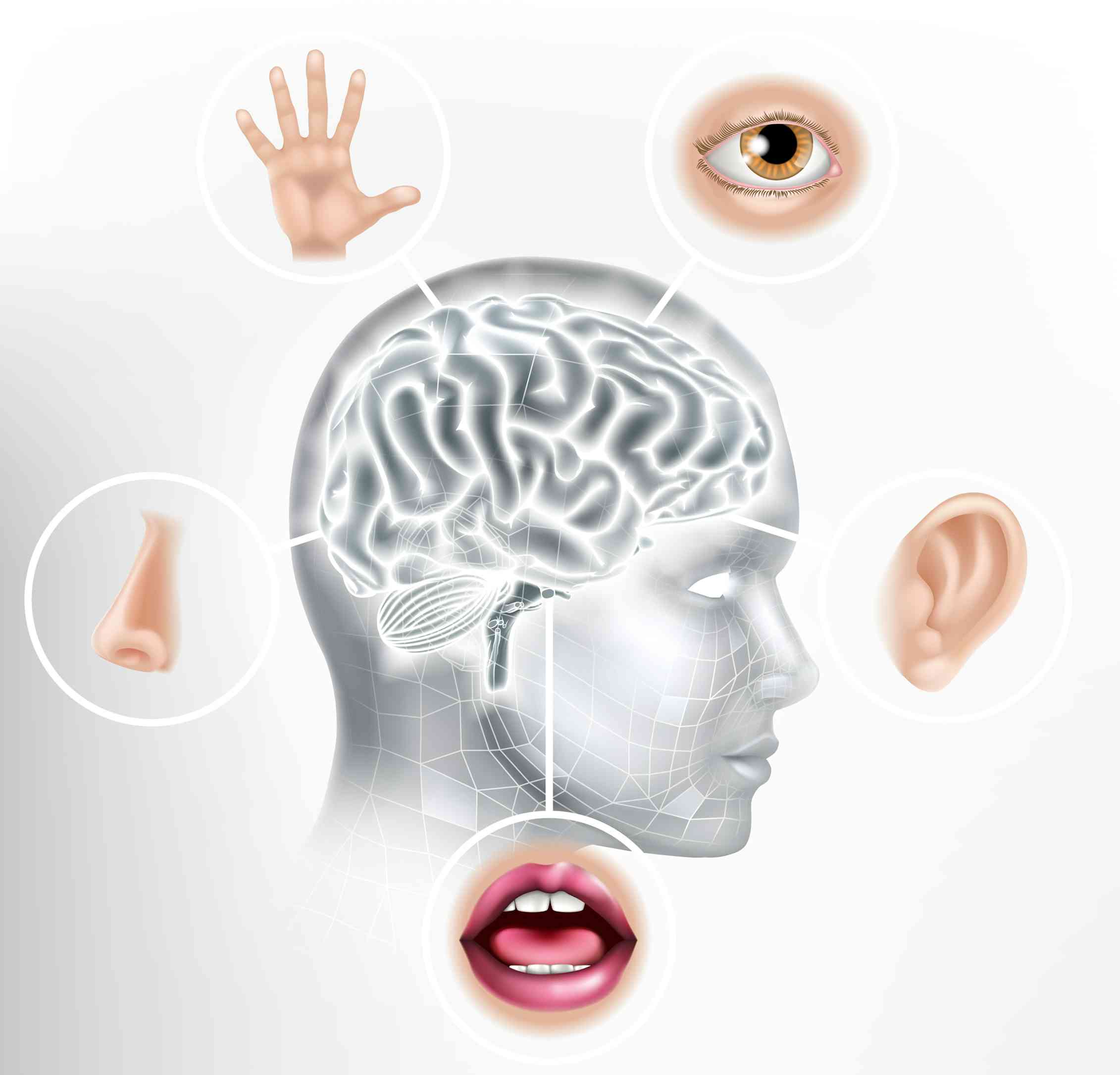Our "sixth sense" varies from one individual to another 🌀
Published by Adrien,
Source: The Conversation under Creative Commons license
Other Languages: FR, DE, ES, PT
Source: The Conversation under Creative Commons license
Other Languages: FR, DE, ES, PT
Follow us on Google News (click on ☆)
The quality of vision or hearing differs from one person to another. Proprioception, this "sixth sense" essential for maintaining balance, does too. But when proprioception is impaired, are the central nervous system's compensation strategies enough to limit the risk of falls and injuries?

Illustration image Pixabay
How is it possible to run, jump, walk, or glide in the forest, on asphalt, on the beach, or on snow... while staying upright and without getting hurt? To interact with an ever-changing environment, we rely on a multitude of information from various sensory receptors.
The central nervous system integrates this information to create a representation of the body and its surroundings. The quality of this information and its processing are crucial for a good body representation and, therefore, fine control of balance.
A poor signal or signal processing can lead to suboptimal motor control and increase the risk of lower limb injuries.
The central nervous system, the conductor of the senses
Sensory information can be visual, vestibular, or proprioceptive. The central nervous system, although highly efficient, has limited processing capabilities. Only information relevant to the given task is selected and processed based on its availability and reliability. Standing on two feet and maintaining balance thus requires a specific sensory strategy.
To benefit from a representation of the body in a standing position, the central nervous system uses each sensory system in different proportions: approximately 30% of the information comes from vision, 20% from the vestibular system, and finally 50% from proprioception.
Proprioception is the primary source of information when standing upright on two legs. The information comes from mechanical sensors distributed throughout the body (mainly muscles, tendons, and joints). They allow the central nervous system to build a three-dimensional representation of the body. It is thanks to this sense that we can "feel" the position, movements, and force of our limbs even when vision is unavailable. Properly exploiting proprioception is therefore essential for optimal control of balance and motor skills.

Christos Georghiou/Shutterstock
Compensating for the degradation of information from one sense
It is common to observe the degradation of specific information in some individuals. Vision, for example, can be impaired in cases of myopia. In such cases, two solutions are possible to continue moving without risking injury.
The first is to correct the quality of the sense, i.e., to wear corrective glasses. The second is to reduce the use of the impaired sense while increasing reliance on another source, either by favoring another receptor of the same sense (for example, increasing the use of the right eye if the left is dysfunctional) or by relying on a different sensory input, such as proprioception.
While differences between individuals are widely accepted for visual (not everyone wears glasses) or auditory senses (not everyone wears hearing aids), proprioception is generally considered homogeneous within the population. However, the quality of this sense, as well as its use, can also be impaired.
Recent studies highlight the importance of independently studying the quality of proprioceptive signals and their use in controlling balance, as these two characteristics seem independent of each other.
Proprioceptive flexibility or the art of adapting to constraints
Until now, it was commonly accepted that healthy individuals were all equal in terms of their ability to use proprioceptive information. But recent studies conducted on young, healthy athletes show that this is not the case.
Thus, when standing on stable ground, the relevant information used by the central nervous system comes from the ankles. In this condition, the body oscillates like an inverted pendulum around this joint. This information will therefore play a major role in identifying an abnormal deviation in balance.
On unstable ground, information from the ankles becomes less reliable as it is difficult to interpret. The brain will then rely on information it deems more reliable, particularly from the lumbar region.
This ability to modulate information is essential for adapting to the environment. However, it seems that nearly one in three individuals lacks this adaptive flexibility. Consequently, movement control is suboptimal and can lead to impaired balance.
If a healthy individual constantly relies on information from their ankles, regardless of the environment, they have a 3.5 times higher risk of developing chronic low back pain. They may also encounter difficulties in controlling their movements when changing direction, as this requires information from multiple parts of the body. These difficulties manifest as defects in neuromuscular activation of the lower limbs, leading to an increased risk of injury.
Proprioceptive flexibility, an individual characteristic, is therefore necessary for optimal balance maintenance. However, if the information is impaired, flexibility can also be affected.
When proprioception is impaired
Numerous studies have shown that after an injury, the quality of proprioceptive information from the injured area can be impaired. The presence of tissue microlesions can indeed deteriorate or even completely silence proprioceptive sensors.
Injured individuals are therefore less able to appreciate the position of their limbs, control their movements, and feel the force they apply. This deficiency is problematic as it increases the risk of re-injury.
However, the impairment of proprioceptive sensors cannot be corrected as easily as vision with glasses. The challenge is to enable the central nervous system to choose and use another reliable sensory source, either very close to the injured area to maintain good precision in the sense of position, movement, and force, or further from the injured area to compensate for a significant loss of information.
For example, in individuals suffering from loss of sensitivity in the lower limbs (due to neuronal degradation caused by peripheral neuropathy, for example), the central nervous system seems to rely more on information from the trunk and pelvis to maintain balance. Conversely, individuals with chronic non-specific low back pain tend to overuse proprioceptive information from the lower limbs.
These compensatory strategies allow for maintaining correct balance, but they limit proprioceptive flexibility. Indeed, they lead to overuse of proprioceptive information from healthy parts of the body and limit access to impaired information. Even if these adaptations can be positive (use of quality information), they can become insufficient in the face of significant disturbances (inability to change strategy). Thus, individuals are exposed to an increased risk of falls or injuries.
Can proprioception be trained?
Maintaining balance requires both having quality sensory information and using it well. In the context of injury risk prevention or therapeutic management, it is important to identify deficient elements to work on them specifically.
In this context, evaluating the quality of proprioceptive information and its use in balance control is essential. The good news is that there are effective protocols to improve the sense of position, force, and movement at a local level. For example, by proposing balance exercises (on one foot or two feet), movement/position/force reproduction exercises, or by using vibration protocols (whole-body vibrations or localized on a tendon).
As for the use of proprioceptive information, work is underway in sports science laboratories to identify and validate training protocols capable of improving it.